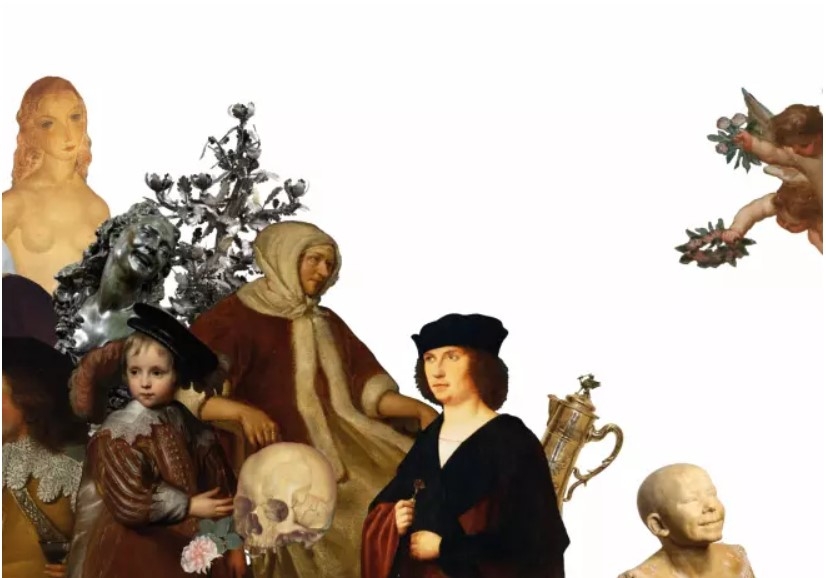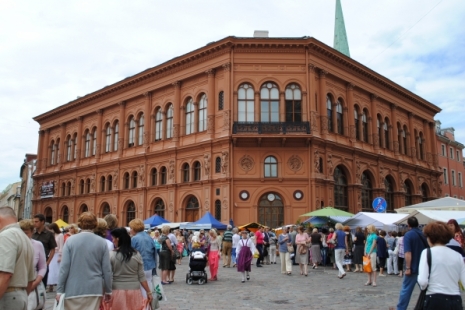The exhibition is comprised of Western European art from the period between the 16th century to the beginning of the 20th century, incorporating the Netherlands, Belgium, France, Germany, Austria, Italy, Finland and Norway, as well as several works outlining the cultural links between European culture, India and South East Asia. At the same time, the connection with the Baltic region is revealed through the history of the collection.
Narratives have been written about such well-known paintings as Pieter Aertsen’s (ca. 1508–1575) Crucifixion (1545–1546), Daniël Seghers’ (1590–1661) and Lucas van Uden’s (1596–1672) Landscape in a Flower Garland, Bartholomeus Spranger’s (1546–1611) Adam and Eve, Anthony van Dyck’s (1599–1641) Portrait of Prince William II of Orange-Nassau (1628–1632), Claude Monet’s (1840–1926) Sandvika Village in the Snow (1895), sculptures: Luigi Bienaimé’s (1795–1878) Bacchante (1847), Gaetano Rossi’s (1829–?) Laughing Boy, as well as selected items of decorative and applied art like porcelain by the Manufacture nationale de Sèvres dating back to the 1920s–1930s.
Among the institutions whose directors have already contributed to Director’s Choice are the Mauritshuis (The Hague), the Guggenheim (Bilbao), the Berlin Gemäldegalerie, the Polish National Museum (Warsaw), the Frick Collection (New York), the Asian Civilisations Museum (Singapore), the Wallace Collection (London), the Georgian National Museum (Tbilisi), as well as the Museum of Decorative Arts (Prague) and many others. A number of the resultant books have been turned into exhibitions and video stories.
We also encourage visitors to view the updated permanent exhibition of European art, which has been expanded to include paintings from the museum’s collection that have not been seen for a long time, and to find Bienaimé’s sculpture Bacchante, which is an integral element of the concept for this exhibition.





